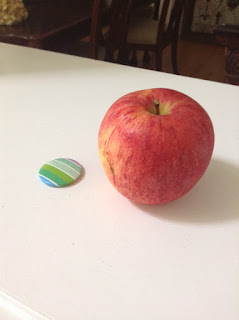Sunday, June 21, 2015
Saturday, June 20, 2015
Modified Stem of a Plant
Pollen
Modified Leaf of a Plant
Phloem
C3 Plant
Hydrophobic
Fermentation
Friday, June 19, 2015
Tropism
Frond
Long-Day Plant
Flower Ovary
Thursday, June 18, 2015
Ethylene
Detritivore
Gymnosperm Cone
Population
Cuticle Layer of a Plant
Bilateral Symmetry
Auxin-Producing Area of a Plant
Stigma and Style of Carpel
Connective Tissue
Autotroph
Anther and Filament of Stamen
Amniotic Egg
Subscribe to:
Comments (Atom)























